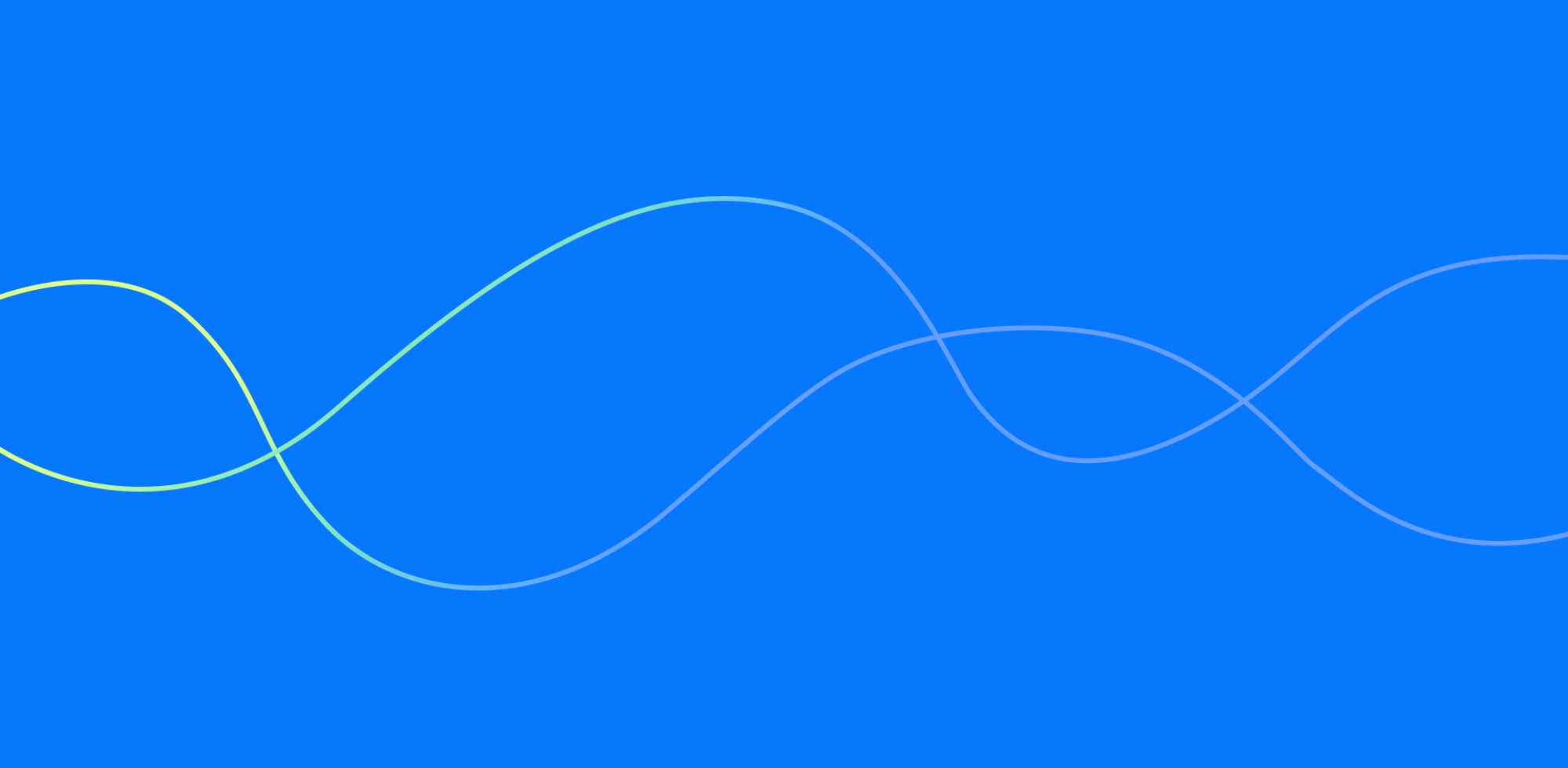We are not always aware of its importance in our movement until it starts hurting. Yes, we are talking about the cervical disc – that cartilaginous tissue that resembles a ring.

Short and sweet
We are not always aware of its importance in our movement until it starts hurting. Yes, we are talking about the cervical disc – that cartilaginous tissue that resembles a ring.
As you may already know, cervical discs are located atop each other, throughout the vertebrae of the spine. The discs are designed to provide flexibility and to reduce shocks in the spine in our daily lives. Because the neck is the most mobile part of the spine, it is also at greater risk of suffering damage or injuries.
Bulging discs in the neck – what causes them?
Bulging discs happen when the gelatinous structure of the disc is pushed toward the spinal canal. Sometimes, this distortion will cause nervous pressure and pain. These situations can be due to a wide variety of factors like a sedentary lifestyle, poor posture from using the computer for long periods of time, and of course, injuries such as sports or motor accidents.
What do bulging discs feel like?
Contrary to popular belief, bulging discs rarely cause any pain. In fact, the pain that you may feel only occurs when the bulging disc exerts pressure on nerve roots.
This type of nerve pain can be confined to just the neck or can extend up towards the head or down towards the shoulder blades. In some cases, you may even feel pain in your arms. The level of pain that bulging discs produce can range from minimal discomfort to unbearable pain with limited mobility.
Along with the pain, there may sometimes be a feeling of weakness in the upper extremities and stabbing or shooting pain in various parts of the torso.
How are bulging discs diagnosed?
In addition to a physical examination conducted by the orthopedist, he will ask you about your lifestyle and medical history. If necessary, your doctor will order imaging tests such as CT scans or MRIs. The purpose of these tests is not only to locate the bulging disc but also to rule out diseases with similar symptoms such as infections.
What is the difference between a bulging disc and a ruptured disc?
A bulged disc may be the first (and sometimes only) step needed to cause a disk rupture, which is a more severe condition where most of the disk fibers tear.
How is bulging disc pain treated?
The type of treatment you receive is directly related to your level of pain. Usually, painkillers and physical therapy will be the first line of treatment. The physiotherapist will teach you to do exercises designed to strengthen the muscles in the neck. In extreme situations or during severe exacerbations, surgical interventions designed to remove the part of the disc that protrudes and exerts pressure on the spinal canal can be considered.
Neck pain is a real opportunity to experiment with advanced at-home pain relief technologies like “Olynvolt™ Pocket,” one of the leaders in its field. The lightweight, easy-to-use device holds three types of healing energy
Olynvolt™ Pocketis designed to provide pain relief for a wide variety of pains (but not all of them, of course.
How to avoid bulging discs in the future
As we mentioned before, the Physical Therapy Institute will provide you with a variety of neck muscle strengthening exercises designed for your specific condition. Additionally, experts will advise you on how to change your workspace to minimize pain, depending on your profession.







